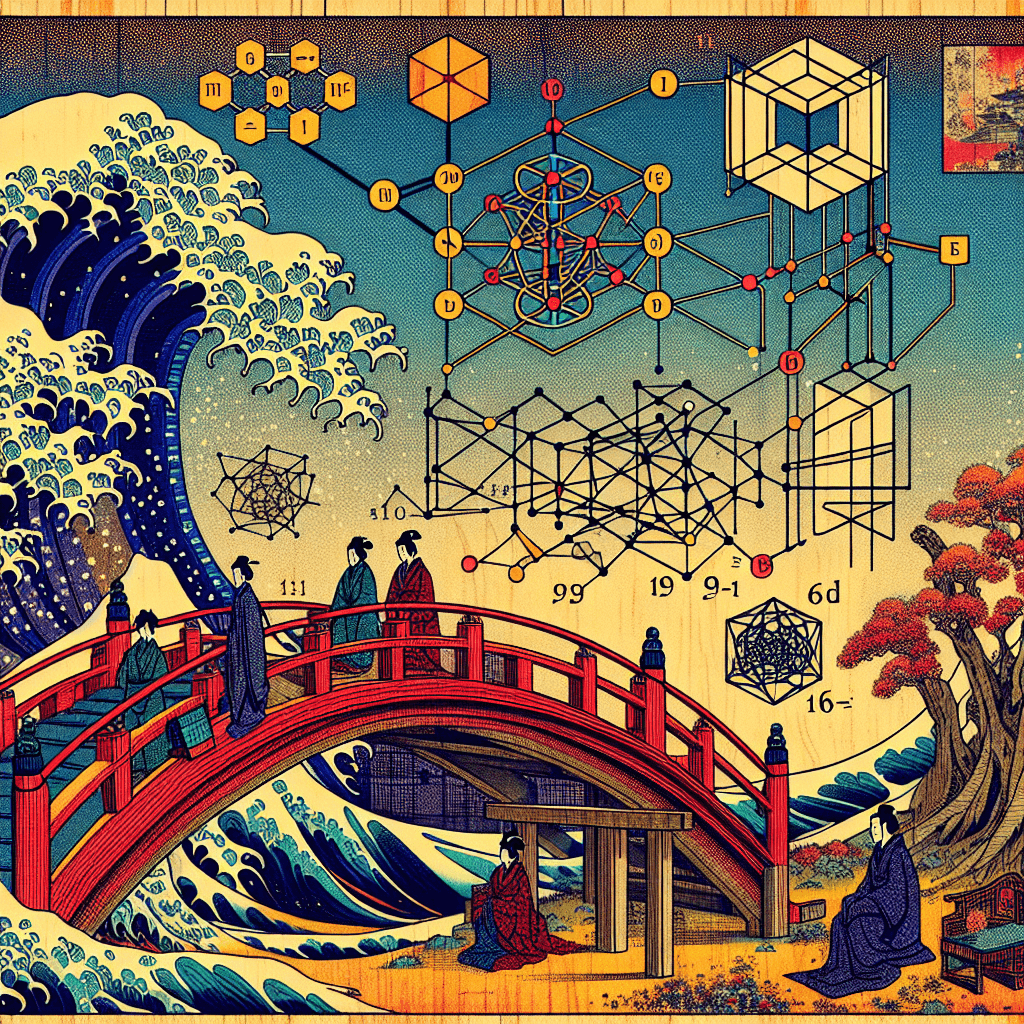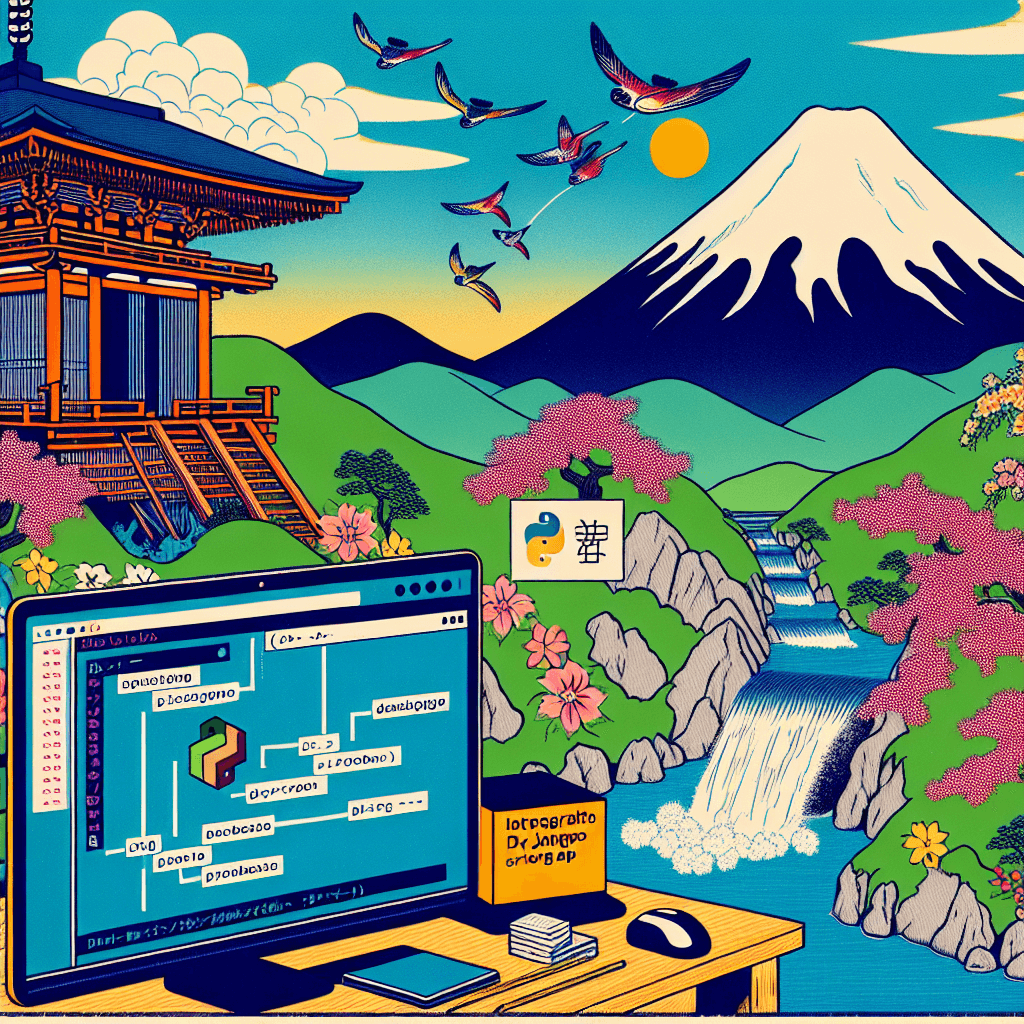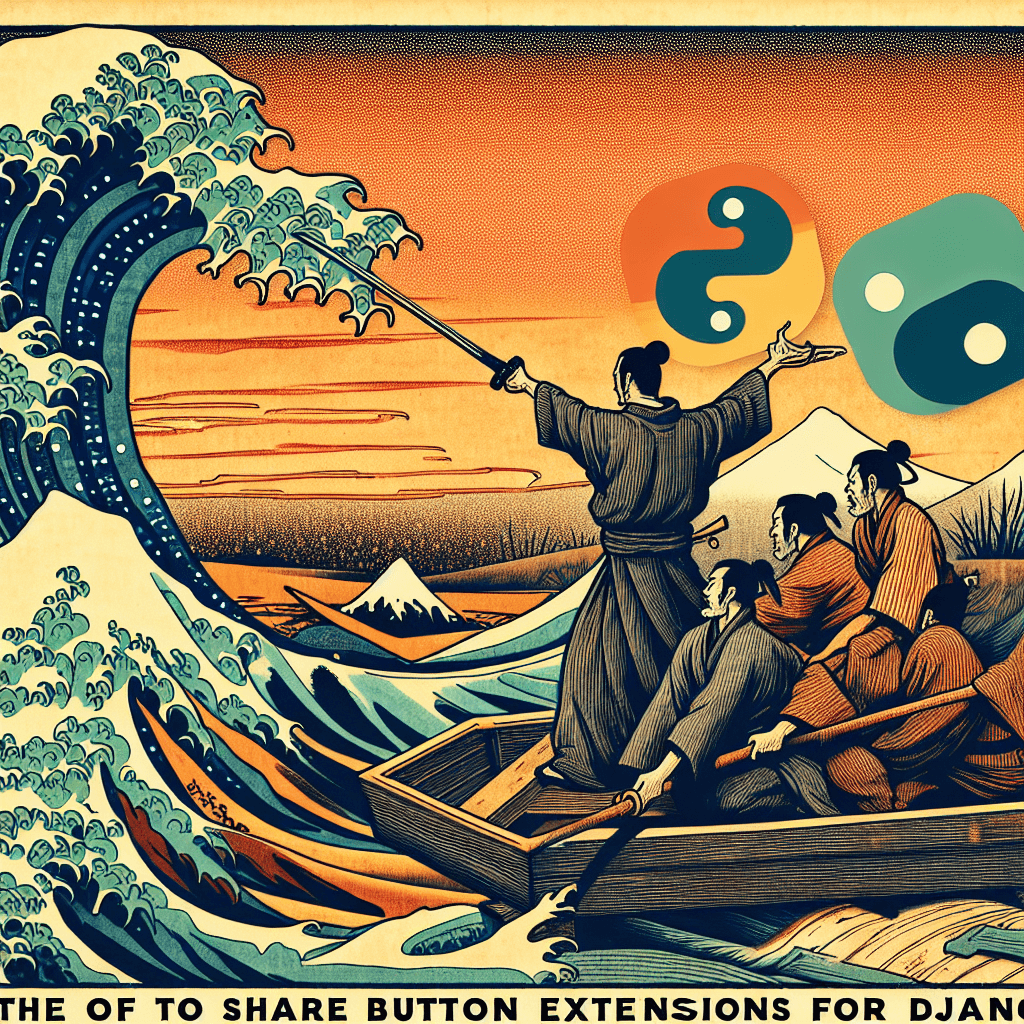Serving Both JSON and HTML from a Django REST Framework ViewSet
syndu | Oct. 11, 2023, 2:54 p.m.

Serving Both JSON and HTML from a Django REST Framework ViewSet
Introduction:
In the world of web development, flexibility is key. There may be times when you want your API to serve both JSON and HTML from the same endpoint, depending on the request. This is especially true when you're using Django REST Framework, a powerful toolkit for building APIs. In this post, we'll explore how to accomplish this in an elegant and efficient manner.
Understanding Django REST Framework:
Before we dive into the solution, let's briefly understand the Django REST Framework. It's a powerful and flexible toolkit for building Web APIs. One of its core components is the ViewSet, a type of class-based View that provides actions for handling the basic functions of a view, such as retrieving and updating data.
The Challenge:
The challenge here is to have a ViewSet or ModelViewSet that can serve both JSON and server-side rendered HTML based on the request. This is not a common requirement, but it's certainly possible with Django REST Framework.
The Solution:
The most elegant way to accomplish this is by using Django REST Framework's Response class and request object. The Response class allows you to return a response with any data type, while the request object allows you to inspect the details of the incoming request.
Here's a simple example:
from rest_framework import viewsets
from rest_framework.response import Response
from .models import MyModel
from .serializers import MyModelSerializer
class MyModelViewSet(viewsets.ViewSet):
"""
A simple ViewSet for viewing and editing accounts.
"""
queryset = MyModel.objects.all()
serializer_class = MyModelSerializer
def list(self, request):
queryset = MyModel.objects.all()
serializer = MyModelSerializer(queryset, many=True)
if 'text/html' in request.META['HTTP_ACCEPT']:
# Here you would typically render an HTML template and return HTML response
return Response("<html><body>Here is your HTML response</body></html>")
else:
return Response(serializer.data)
In this code, we first import the necessary modules. We then define a MyModelViewSet class that inherits from viewsets.ViewSet. Inside this class, we override the list method.
In the list method, we first get the queryset and serialize it. We then check the 'Accept' header of the request. If it includes 'text/html', we return an HTML response. Otherwise, we return the serialized data as JSON.
Conclusion:
"In conclusion, serving both JSON and HTML from a Django REST Framework ViewSet is straightforward. By using the
Responseclass and inspecting the 'Accept' header of the request, you can control the format of the response based on the request. This not only enhances the flexibility of your API but also improves the user experience by serving the data in the format that the client prefers."








